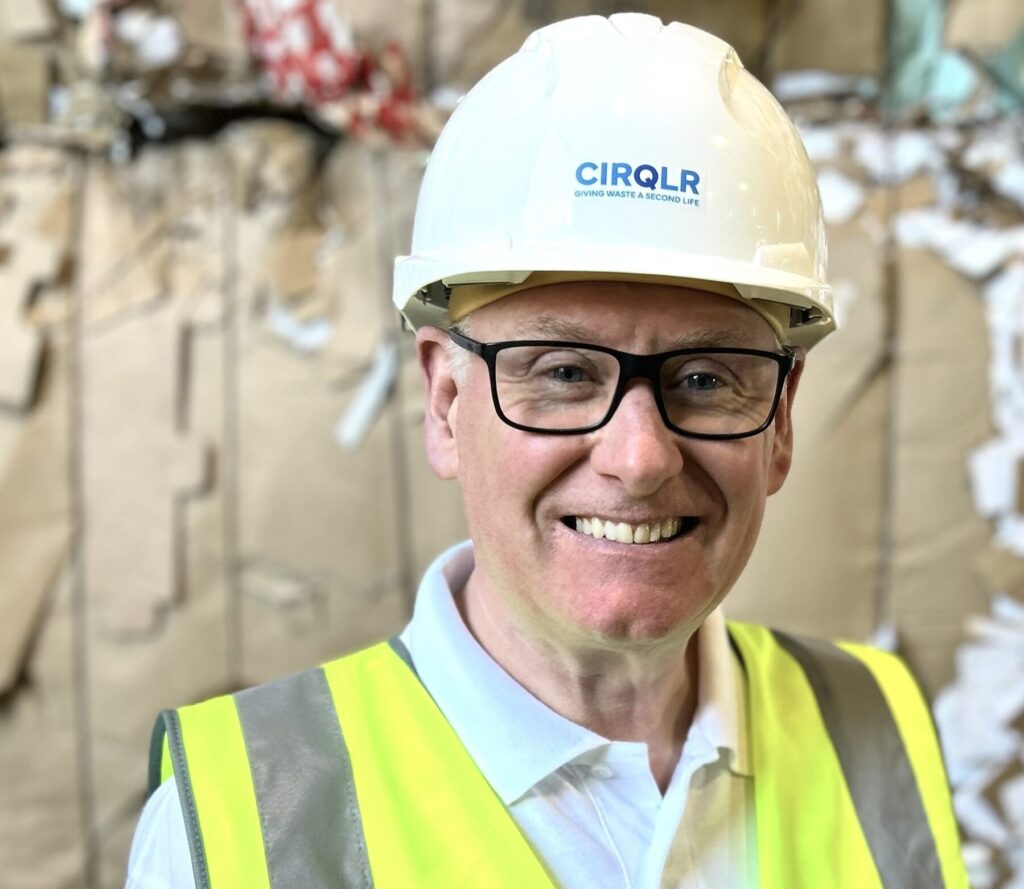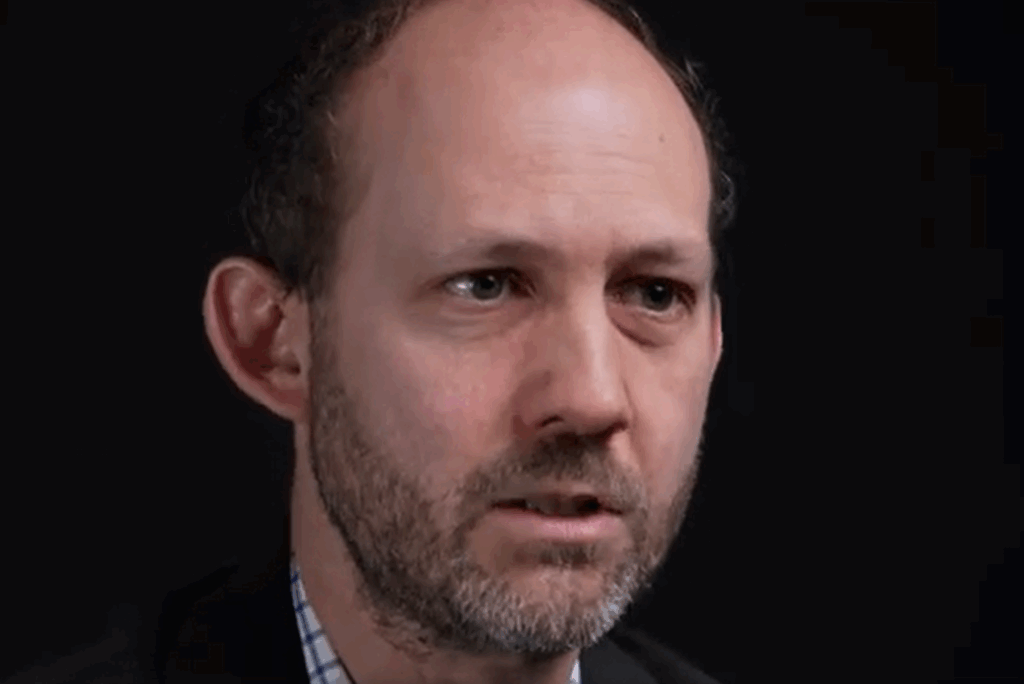Earlier this year, the government’s consultation on packaging brought to the fore what could be a pivotal change for extended producer responsibility (EPR) – with potential implications for waste electrical and electronic equipment (WEEE) to come. The real game changer? The implementation of a ‘full net cost’ principle for producers – bringing into force Article 8a of the revised Waste Framework Directive (WFD).

While the consultation on packaging is still relatively high level and further detail will no doubt be added, EPR costs appear to be increasingly equated to the full funding of certain local government recycling services. Whether this will ultimately come to pass is matter for the proper consultative process, but the outcome needs to be as clear and unambiguous as possible. Producers understand that EPR is an important part of their future, however their role should not be relegated to the sole, unquestioning, funder of services – not least because the cost of EPR will – ultimately – be borne by consumers.
So how does full net cost impact the scope of EPR, what are the consequences, and how do we achieve fair net cost?
The ‘bookends’ of EPR
Insights from the recent consultation reveal that full net costs will be wider in scope and detail than those currently funded by producers. But in moving the bookends of producer responsibility – defining where a producer is liable to spend their first pound and last pound in the EPR process – we need to understand where we move them to.

Not surprisingly, equating a full net cost EPR system for packaging to the funding of local government recycling services presents a fundamental challenge. A central principle of EPR is modulated fees, and individual producers should logically expect to see their EPR costs reduce with better design and material choice in a product’s ‘pre-life’. But how does this square if producers are still expected to cover the full net cost of post-life local government services?
Whilst initiatives producers take with their products may lead to a reduction in the amount of waste generated post-life, this is not guaranteed. Many other factors affect the volume of waste generated, and in providing a local government waste collection and recycling service, there will inevitably be a level of fixed cost arising irrespective of the volume of waste collected.
Whatever the detail, in principle we must ensure that full net cost does not become far removed from fair net cost, so that the end-of life costs are accounted, and producers can maximise their environmental performance while competing on a global scale.
As an extreme, in a situation where all producers reduced the environmental impact of their goods to the lowest extent possible through eco-design choices, under the proposals in the packaging consultation these fixed costs would still need to be funded. This poses the risk that an unrecyclable product today could cost a producer the same amount in EPR fees as a wholly recyclable product in the future.
Are producers just being forced to accept that their product design initiatives will simply mean that their EPR costs are subject to ‘modulated inflation’; with the best producers seeing their environmental costs inflating more slowly than others?
Full net costs and WEEE
It must be understood that certain current EPR schemes – namely WEEE, ELVs and batteries – start in different places with different timescales compared to packaging. These regimes are specifically exempt from a key cost definition part of the WFD, and are governed by the principle that EPR costs: ‘do not exceed the costs that are necessary to provide waste management services in a cost-efficient way. Such costs shall be established in a transparent way between the actors concerned.’
In the case of WEEE, the products covered by the regime are very different in nature to packaging, being significantly more varied with longer residence times and many more disposal routes. The consulted full net cost model for packaging would therefore need to be significantly adapted for WEEE to remain current with the WFD.

A clear policy direction is required to ensure the right outcomes are achieved from any changes to the WEEE regime, particularly with regards to the application of the full net cost model. For instance, Repic research has shown that between 1.4% and 2% of consumers dispose of post-life small household electrical goods in the residual waste bin. Is it more cost-effective and environmentally-desirable to invest in collecting these post-life-products kerbside, or in a communications campaign to drive behavioural change? Likely a mix of both – but how is it decided?
Furthermore, if collection targets are still to be the main focus of the regime, then we need to better understand what influences WEEE generation and the achievement of targets. There are many factors impacting a product’s lifecycle, which in turn affect the cost and infrastructure that are required to collect and process that product at end of life. For some EEE products, end of life could be a decade or more away, in another country, and generate materials that can no longer be recycled.
Ultimately, we must be clearer in our aims and around who is paying for what, and when.
The future of EPR
With a WEEE EPR review on the horizon, stakeholders still have time to evolve a suitable system that supports progress towards government policy objectives. In place of full net costs, the EPR system and final governance model should reflect fair net costs, protecting all parties against profiteering, funding local government in delivering services to local communities, achieving targets, and producing quality secondary resources.
Underpinning the fair net cost model is the requirement for appropriate measures to be put in place to:
● lead to better environmental outcomes
● involve relevant stakeholders, especially producers, local government and the treatment sector
● develop a balanced governance, electrical goods industry-led, industry-funded system that rewards those that deliver resource efficiency
● emphasise ease of use for consumers
● increase market transparency for waste and recycling services, subject to competition law considerations
● ensure costs do not exceed those necessary to provide waste management services in a cost-efficient way, but sufficient to enable re-investment
● ensure fair treatment of all retail actors
Whatever the detail, in principle we must ensure that full net cost does not become far removed from fair net cost, so that the end-of life costs are accounted, and producers can maximise their environmental performance while competing on a global scale.
WEEE Conference
25 September, Lord’s Cricket Ground, London
Repic are among the speakers at the 2019 WEEE Conference, where you can hear more about the key issues facing the sector – including collection targets, regulation on POPs and treatment standards.
www.weeeconference.com







Subscribe for free